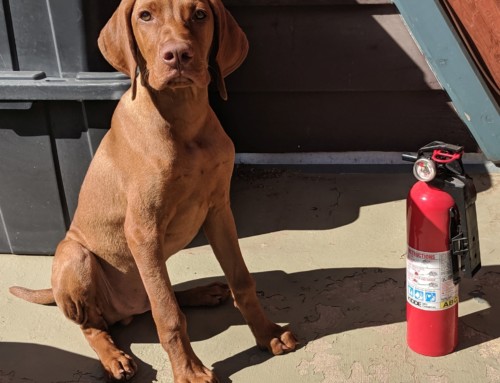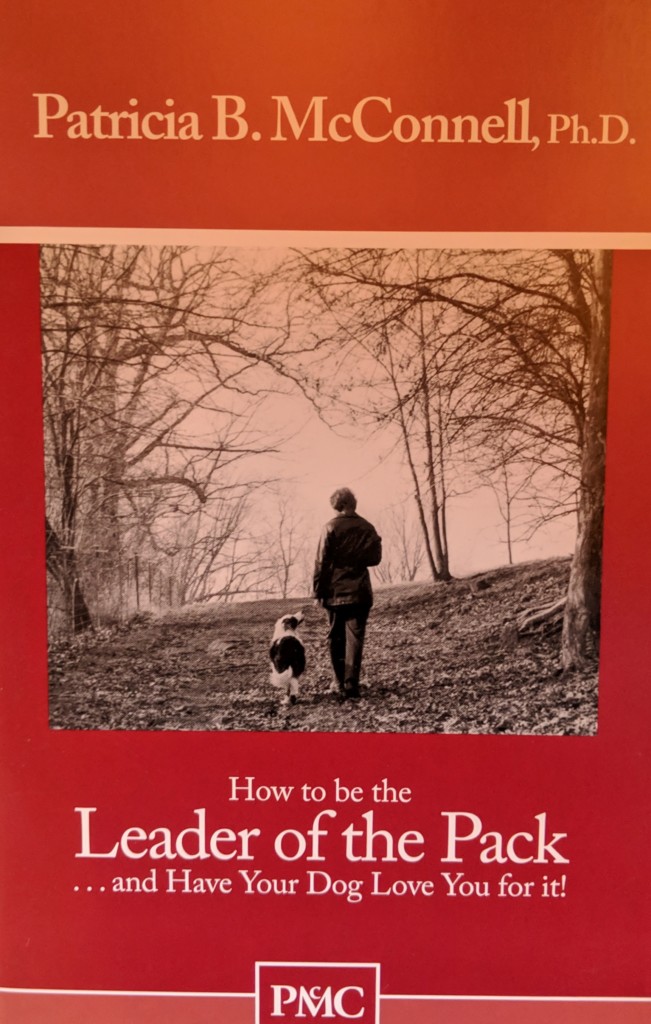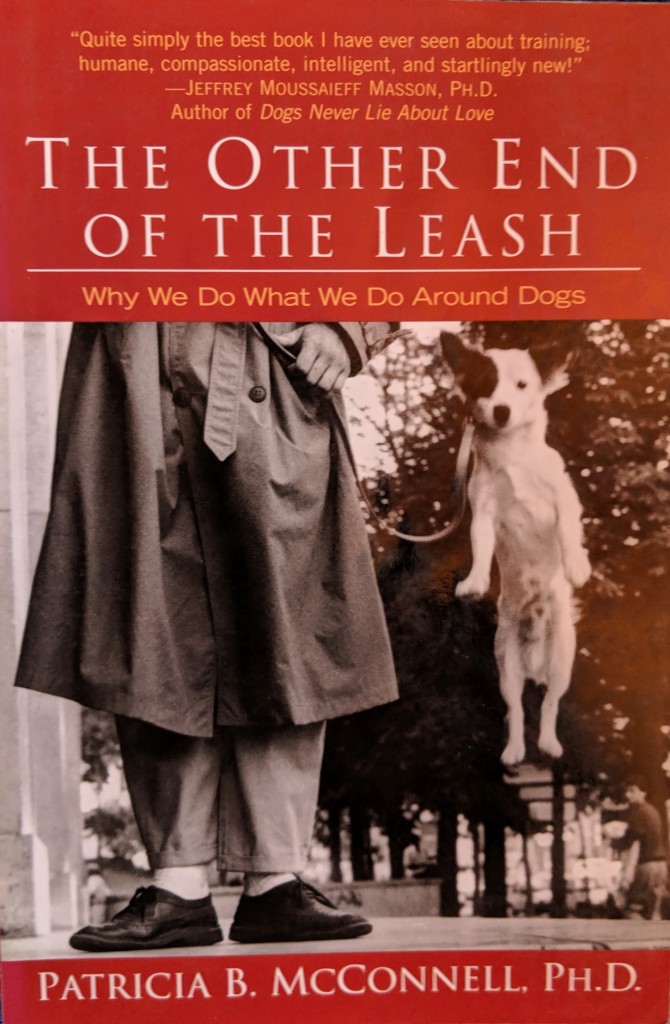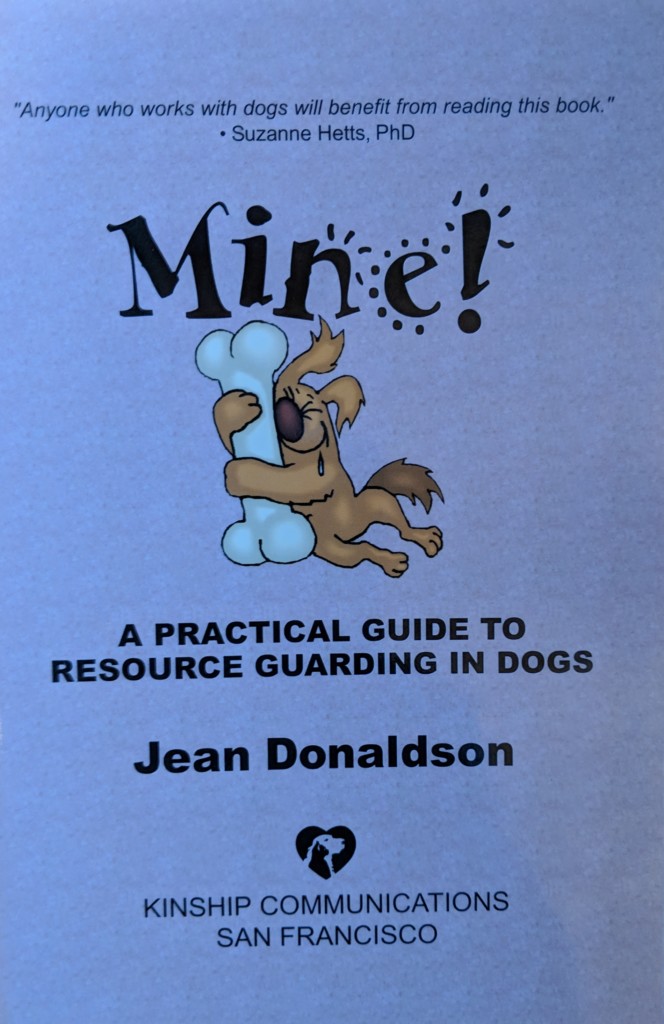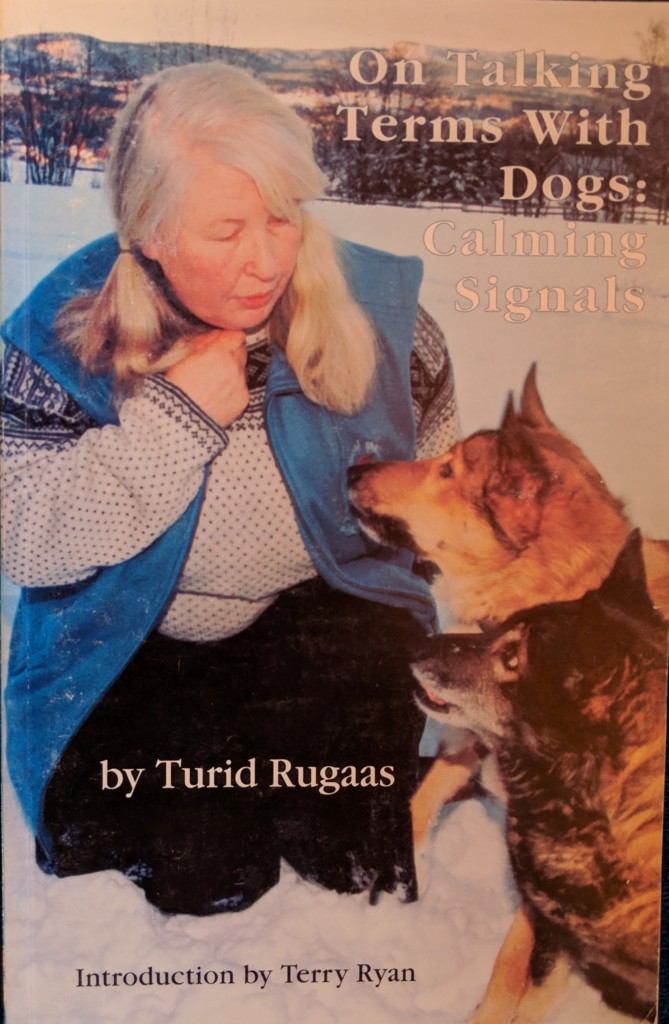DOG TRAINING OFFERED IN-PERSON AND ONLINEOur dog training services are delivered in almost any format that meets your needs. We have GROUP CLASSES at our indoor and outdoor facilities on our farm, ONLINE LIVE STREAMING classes, and SELF-PACED VIDEO-BASED training through our Online Dog Training Course. Our PRIVATE TRAININGS can be done in-home, outside, in public dog-friendly locations, at our facility on our farm, online via phone or video conferencing and through email. |
In a prior post, I recommended reading two books that look at the pet food industry: Feed Your Pet Right: The Authoritative Guide to Feeding Your Dog and Cat by Marion Nestle and Malden Nesheim and Food Pets Die For: Shocking Facts About Pet Food by Ann Martin.
Both discuss the regulation of the pet food industry in the U.S. and come to the same conclusion – regulation is poor and needs a serious overhaul. Most of the regulations in place have to do with labeling of packaging, including requiring all ingredients to be listed in the order from most to least. There are also requirements about wording – but unless you know what the wording means, you can easily be misled by what the packaging says. For example, some products might indicate they have turkey or beef or another meat source, but if it's worded correctly, they could have such an insignificant amount that it's really not worth mentioning except for marketing purposes, of course. You should always look at the ingredient list. Don't trust the wording on the front of the package.
With the ingredient list, you also have to be careful. Chicken, for example, might be the first ingredient, but if the next several ingredients are grains, the food is going to be mostly grains not chicken. Some foods will list several different grains or partial grains to make it seem as if there is more protein in the food than there really is. You can also look at the guaranteed analysis for this. This is where labels list the crude protein along with a few other things. Again, you have to understand what “crude protein” means.
While there are certain labeling requirements, here's the catch: the government does not put much effort into regulating the industry, so if someone is making false claims or mislabeling their foods, the government doesn't seem to put much effort into going after these companies. You would assume you can trust the labels, but it doesn't appear that you can. At least, there is not much oversight to give us the confidence that companies are labeling their foods correctly. This doesn't mean that all pet food companies are out to scam us, but if there is little oversight, how can we know?
It is most definitely a buyer beware situation out there when it comes to the pet food industry.
Our goal is to positively impact the lives of as many dogs and their families as we can, in part through our extensive library of video, infographics and text articles. |



